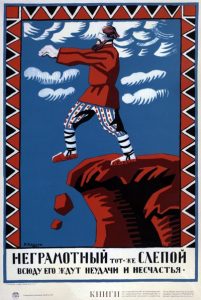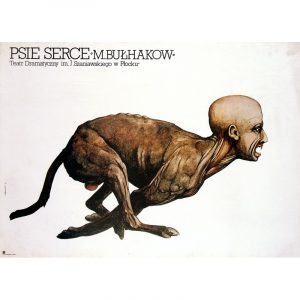When scanning through the Soviet propaganda posters presented, along with the short introductory prefaces provided, I was particularly shocked by how much the nature of these posters change with time, molding around the events taking place in and around Russia contemporaneously.
With Lenin, the posters are certainly anti-capitalist and supportive of the proletariat. The one that caught my attention was the worker with the washcloth. The text “После Работы, иди в Баню” is very in tune to the working man. Not only is the Russian Баня an incredibly important cornerstone in Russian society, a place to go after a hard day’s work and typically where many people went to clean themselves, the striking informality of “иди” vs “идите” is noteworthy (The suffix is used for both formality and plurality). Overall, the poster is both informal and appeals to the working man.
The shift towards collectivism is very palpable under Stalinist propaganda. The poster I believe signifies this most is Korestky’s “No to Fascism”. Aside from the obvious rally behind rejecting Fascism, I was struck by what is written in the red behind the woman. The text translates to “World, Friendship, Solidarity”, calling to a blanket and total societal rejection of the doctrine of fascism. “Solidarity” is then translated into several other languages, including English. This marks an important shift to a collectivist and global push back of fascism; the red it is imprinted on nudges the viewer in favor of socialism or communism, one of many alternatives to the fascism it is rejecting.
Capitulating, the favoring of the proletariat is slowly diluted under Stalin for a more united Soviet Union. This is undoubtedly a propagandic offensive against the rising ideologic differences with Germany and Italy paired with calls for unity during a time of war.


